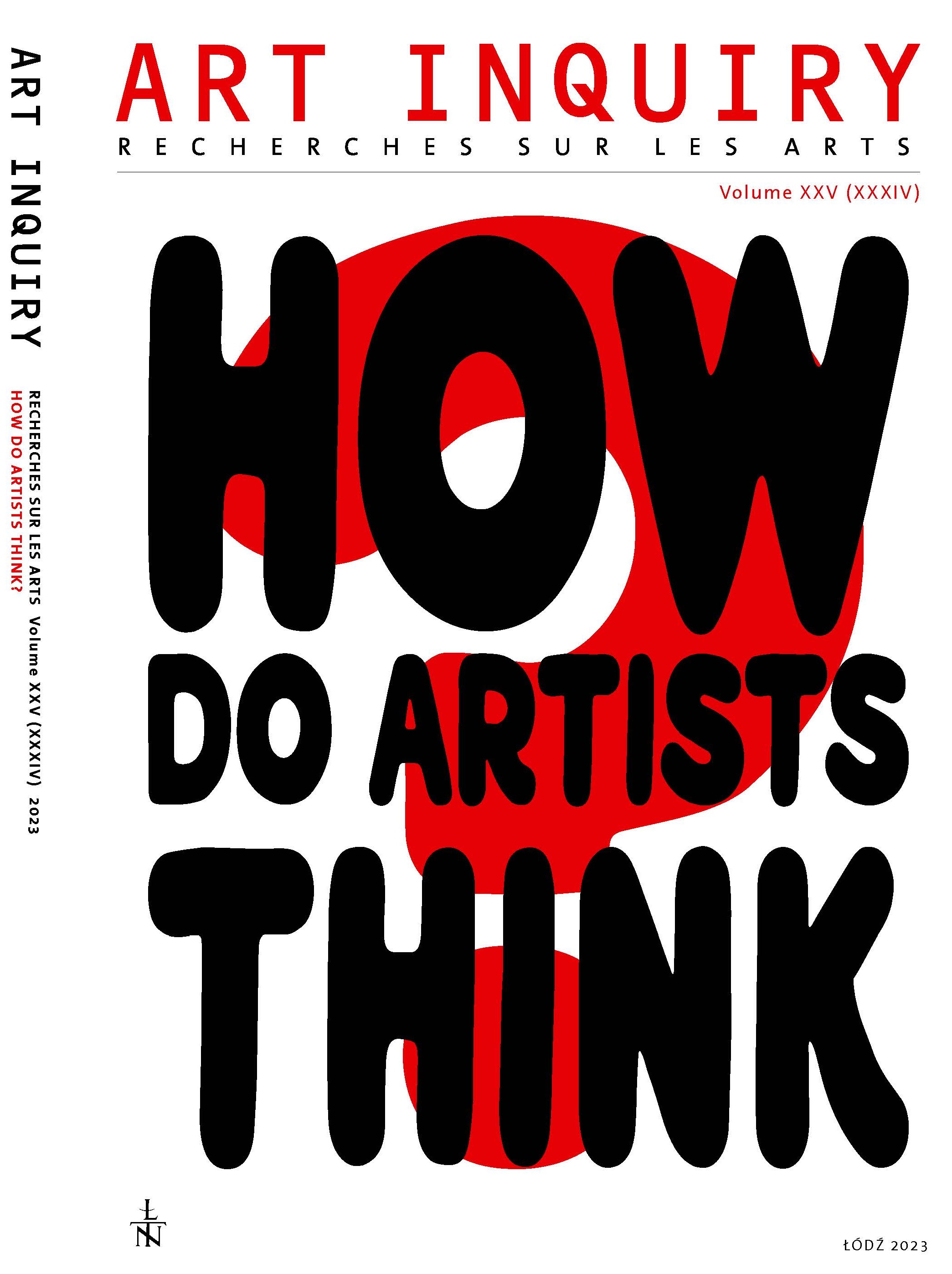Artists talk about war – an analysis using selected examples
DOI:
https://doi.org/10.26485/AI/2023/25/20Keywords:
war, Tadeusz Kantor, Alina Szapocznikow, Marina Abramović, Józef Szajna, Zofia LipeckaAbstract
The Futurists glorified war as the hygiene of the world, until they themselves began to die on the fronts of the first world armed conflict between 1914 and 1918. Artists who served in the army at the time, after 1918, talked about in their works: anxiety, the horror of gas clouds and the wheezing of flying shells (Otto Dix). Aby Warburg, as an art historian, spoke of overpower-ing fear and helplessness of ordinary people caught up in the cogs of war. Against this background, one wonders about Roger Caillois, who just before the outbreak of the Second World War published an essay condemning, but also in part glorifying war. Mieczysław Porębski noted that after 1945, art was to have a therapeutic function. The researcher's statement was only partly true, as for many artists the shame of being a prisoner of the Nazi camps outweighed the desire to express themselves on the subject. The author analyses various war narratives in the works of artists such as Tadeusz Kantor, Alina Szapocznikow, Józef Szajna, Marina Abramović and Zofia Lipecka. Each of them spoke of or provocatively kept silent about the war, perceiving it either through their own experiences or treating the visibility of tragic frontline events only through the prism of media cognition. The article diagnoses changes in the narrative of war, which, in the course of 100 years, has moved from an affirmation tying the notion of war to modernity, to active, topical, critical commentaries that make the artist an outright activist. Nowadays it is the artist who must speak up, who must take a stand for or against, creating art that comments on reality.
References
Abramović Marina, The cleaner / Do czysta, exhibition catalogue, Hatje Cantz Verlang, Berlin, 2017.
Beylin Marek, Ferwor. Życie Aliny Szapocznikow, Karakter, Warszawa 2015.
Caillois Roger, Żywioł i ład, transl. by Anna Tatarkiewicz, Państwowy Instytut Wydawniczy, Warszawa 1973.
Józef Szajna i jego świat, Wydawnictwo Hotel Sztuki, Galeria Sztuki Współczesnej Zachęta, Warszawa 2000.
Kantor – Mirski Marian, Od Rarańczy do Kaniowa. Wspomnienia legionowe z roku 1918, Sosnowiec 1934.
Kasperowicz Ryszard, Obraz w koncepcji Aby'ego Warburga, "Polska sztuka Ludowa – Konteksty", no. 2-3, 2011.
Lipecka Zofia, Jak malować w czasie wojny? https://wszystkoconajwazniejsze.pl/zofia-lipecka-jak-malowac-w-czasie-wojny/ [accessed: 30.09.23].
Porębski Mieczysław, Nauki humanistyczne a etnologia (tezy), "Polska Sztuka Ludowa", no. 2, 1981.
Stawarz Przemysław, Internowanie oraz proces żołnierzy legionowych w Marmaros-Sziget w roku 1918 – we wspomnieniach księdza pułkownika Józefa Panasia – kapelana II Brygady Legionów Polskich in: "Acta Universitatis Lodziensis, Folia Historica" no. 92, Łódź 2014.
Downloads
Published
Issue
Section
License

This work is licensed under a Creative Commons Attribution-NonCommercial-NoDerivatives 4.0 International License.



